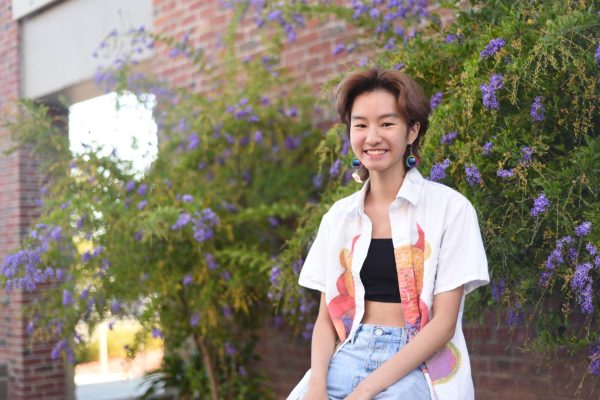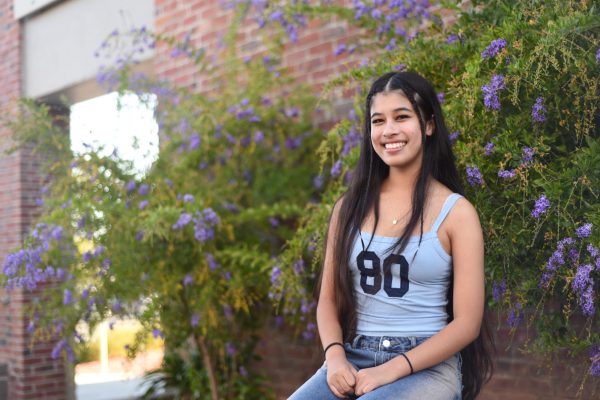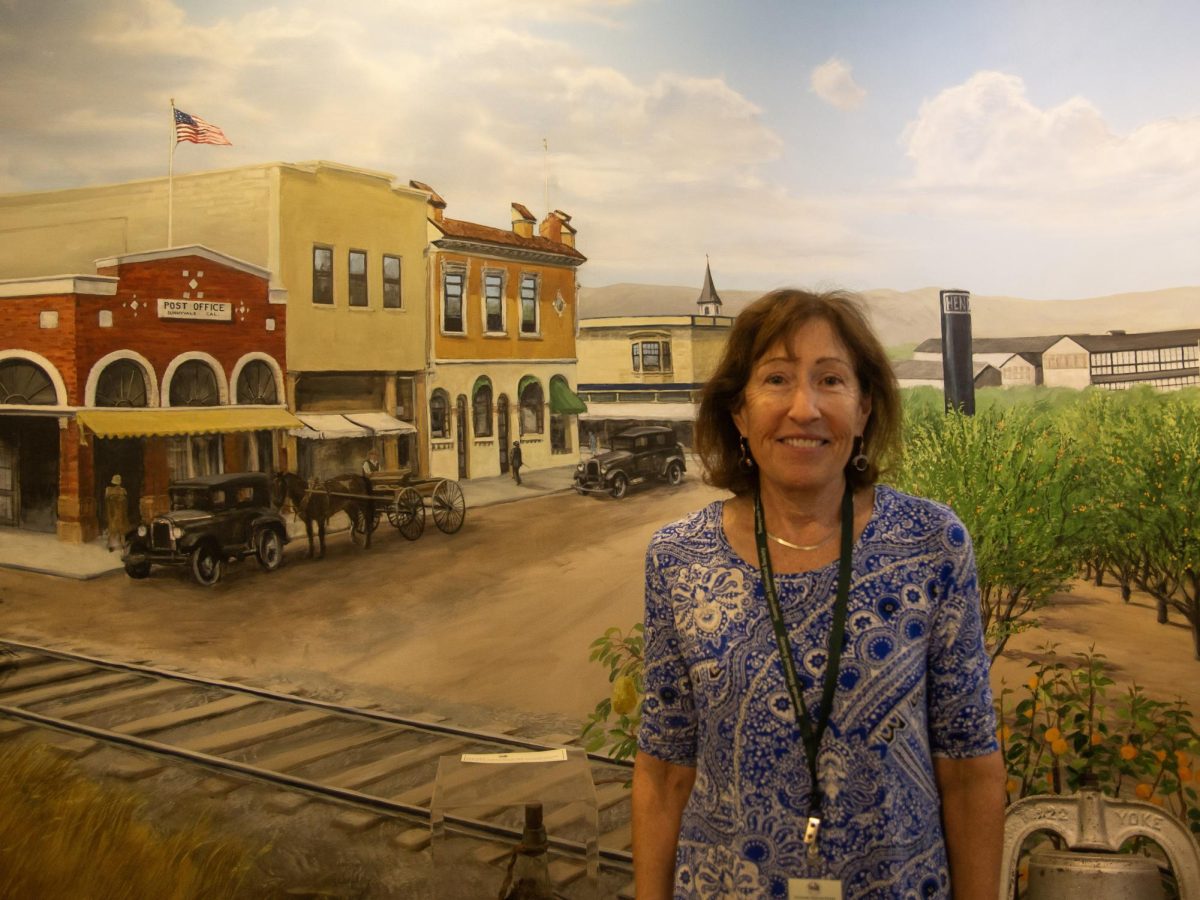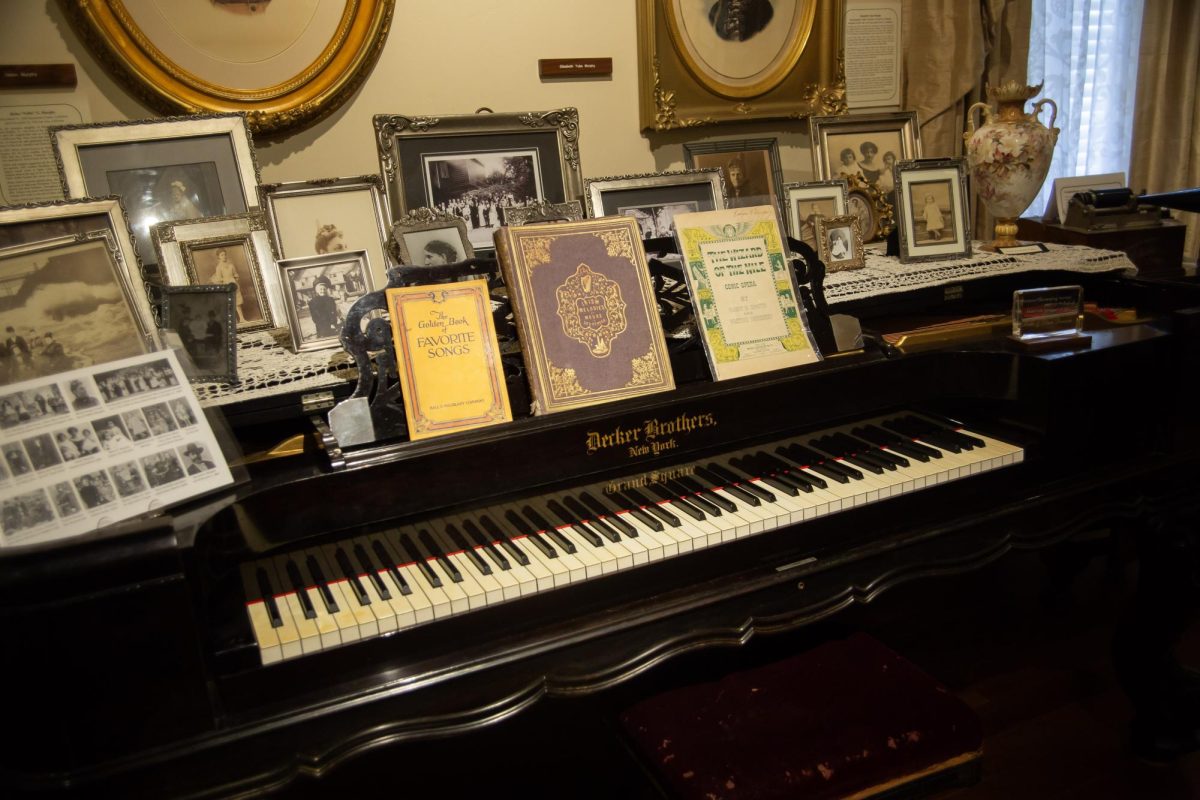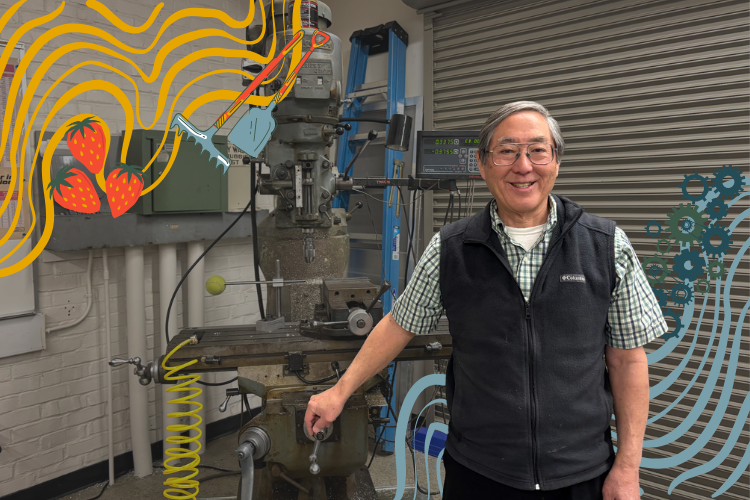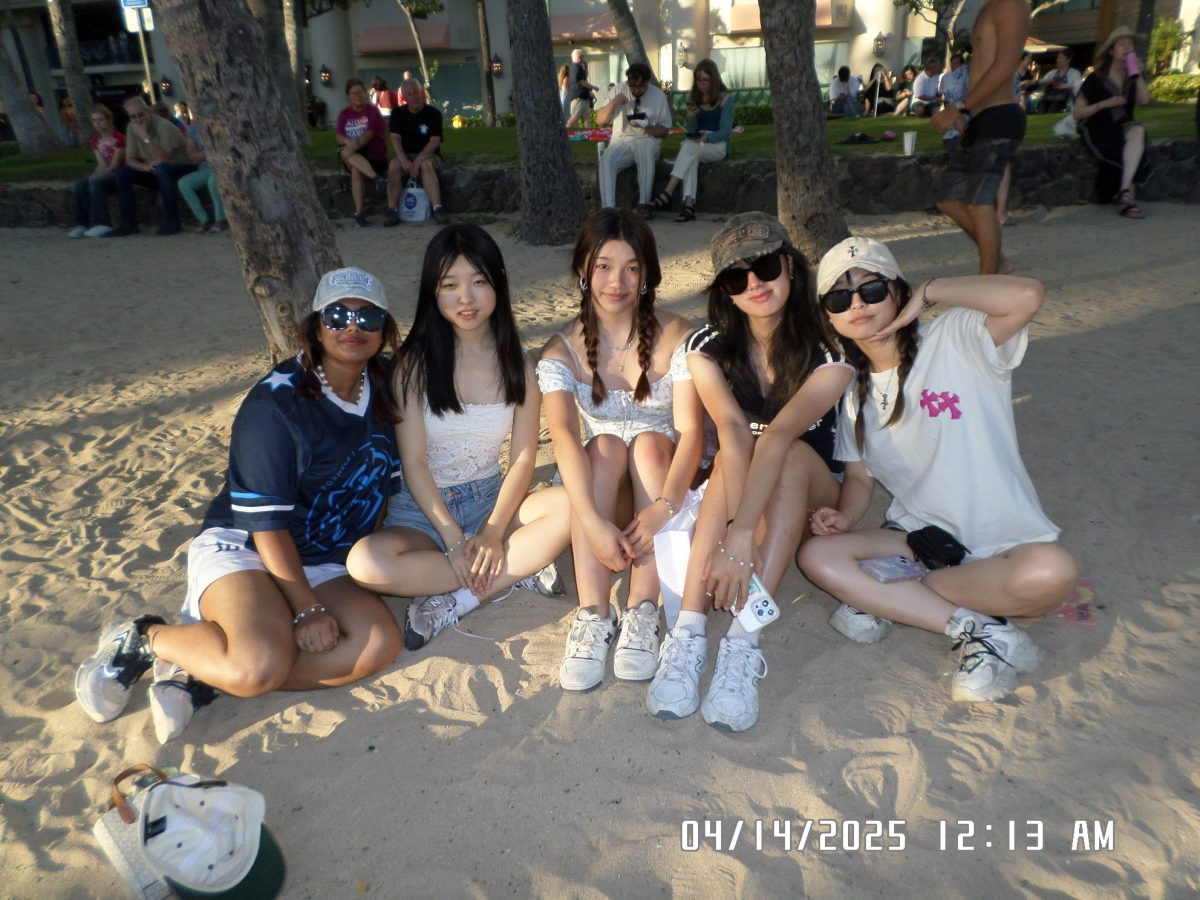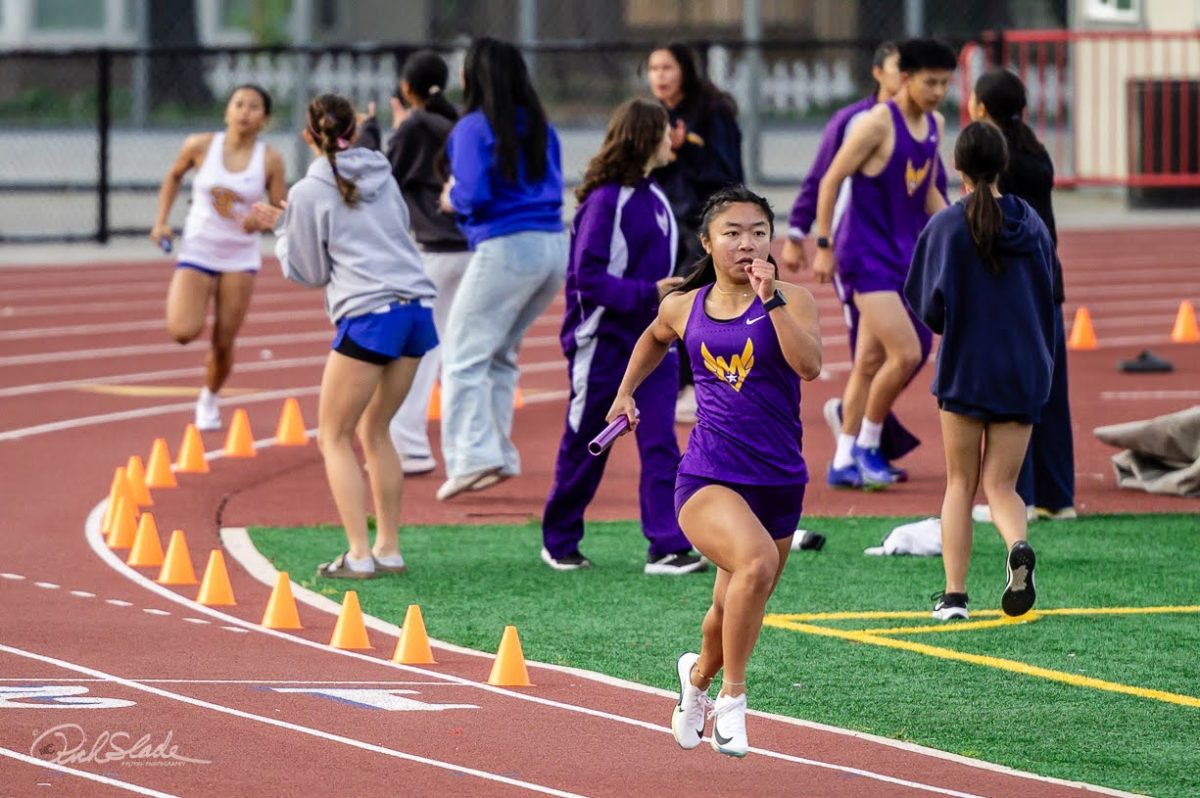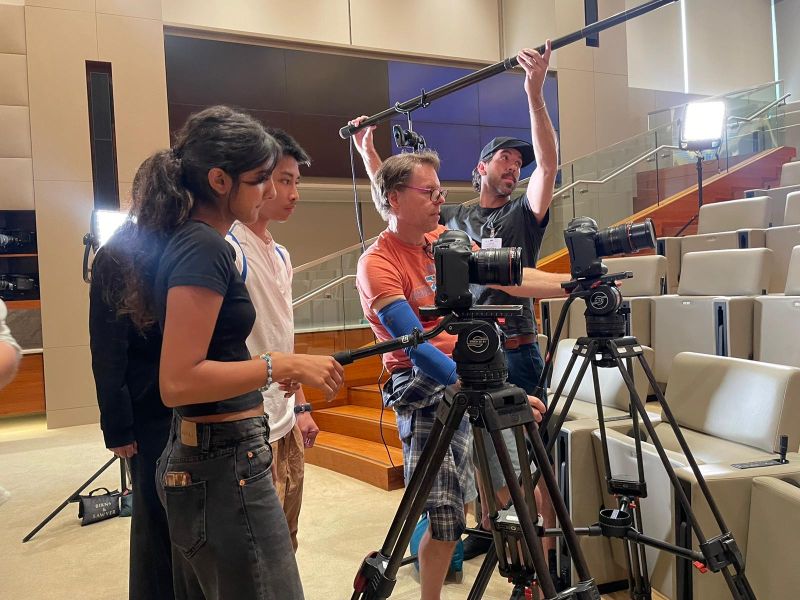EE: For many students at MVHS, Santa Clara’s history began with the rise of technology and Silicon Valley. But the Sunnyvale Heritage Park Museum, located 13 minutes away from MVHS, tells a different story. We spoke to docent Sally Beaupre about her experience volunteering at the museum, as well as what its many artifacts have to offer. Follow along with us to explore a piece of Santa Clara’s history.
EE: What’s your role here at the museum?
SB: I do a couple of different things, so I’m a docent, taking people around and showing them about the history of the town they live in, sort of the layers of history that have been here before us, and sort of help our imagination go to what will be here next.
EE: What drew you to this position?
SB: I retired from my job as a high school teacher, and I wanted to go on and find something to do that’s educational, something with history, because I love history, even though that wasn’t what I taught. And when I found out that there was a need for docents to take people around, I was excited, so I called up and came.
EE: What does a day in the life of working in this museum look like?
SB: I wait for people to arrive, like you all, and then I get excited, because maybe they don’t know anything about how deep the history is of the place they live, and so it’s fun to sort of reveal it and to show the similarities — things that they might notice from the past, like the name Murphy. Murphy Avenue is our main street. A lot of the streets in town are named after Martin Murphy Junior’s children, like Matilda and Evelyn and Mary — those were all his children or grandchildren. So it’s exciting to learn the layers and have connections with things that maybe are just names to you for a moment, and then suddenly, when you learn there’s a connection, it sticks with you and gives depth to your life. So it’s fun to talk to the people.
EE: What do you think guests here are most surprised to learn about?

SB: I think just how much history there is, and they are very excited about the fact that there is one family, the Murphy family, who we identify this town with — their story is so unique, and everyone can sort of imagine that immigrant experience. And then maybe, I mean, I hope people sort of compare it to their immigrant experience, because we still have so many people with really harrowing immigration experiences, some not so harrowing, but definitely the Murphys’ were, and a lot of people were.
EE: Are there any challenges you face while working here?
SB: Finding maybe what interests different visitors. Some, it’s very easy, because they know a lot about American history, and it’s all sliding into places in the scaffold in their brain. And for other people, it’s all new, and some people love the story of the family and want to know more about what happened to all the descendants. Other people are just surprised by the beginnings of technology that they learn about here.
EE: Can you introduce us to your favorite artifact or item here and tell us about it?
SB: OK, all right, well, I think you’ve seen it, I think it’s the mural room, but since it’s the summary of the history of the whole of the Santa Clara Valley, I just think that this is amazing. It was done by a female artist in Sebastopol, and she actually is married to a descendant of the Murphy family, which is just a coincidence, but she loves painting historical things for museums and also for Trader Joe’s.
